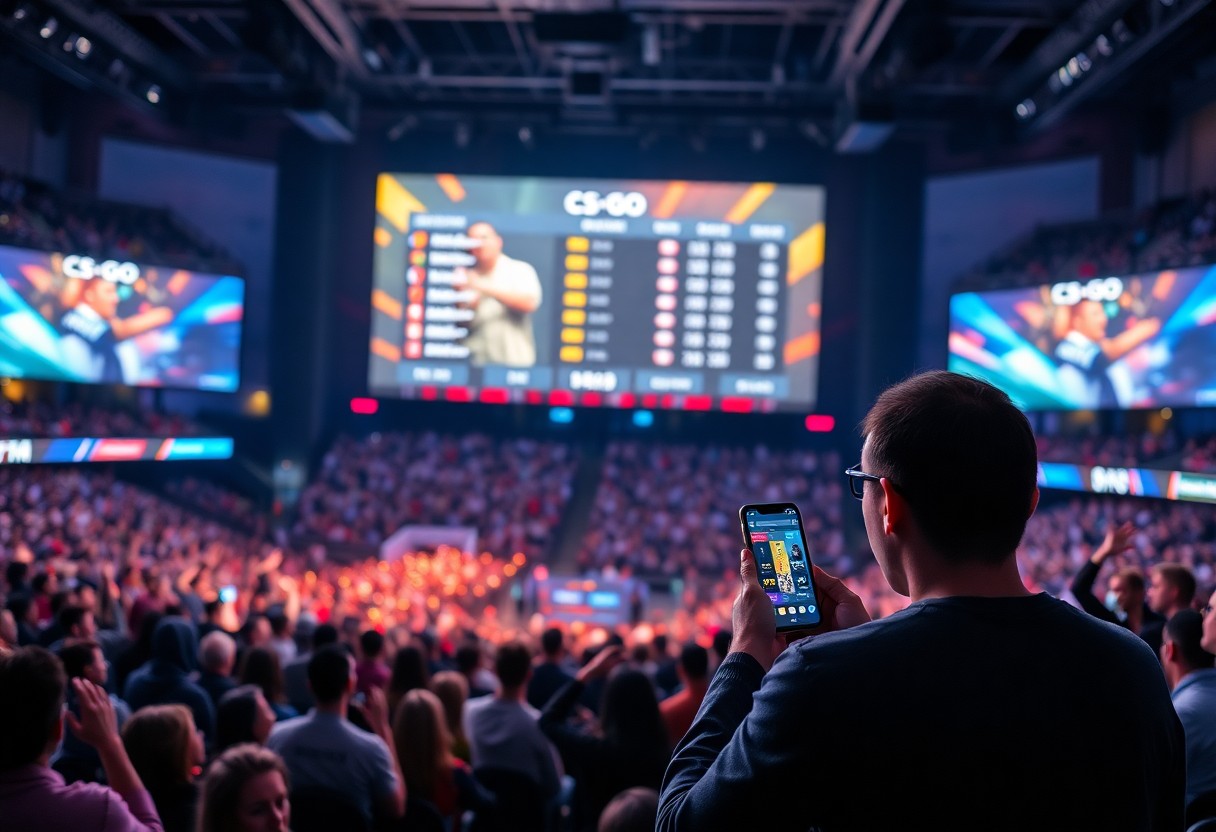With the Dota 2 competitive scene experiencing a significant decrease in its prize pool over the past year, fans and players alike are left questioning the future of their beloved game. Traditionally known for boasting one of the largest prize pools in esports, particularly during The International (TI) tournament, Dota 2 has seen a dwindling financial influx that has raised concerns about its viability and popularity.
The International 2021 saw a staggering prize pool of over $40 million, predominantly funded through the sale of in-game items and Battle Passes. These figures served as a testament to the game’s loyal community and ability to generate revenue. However, in subsequent years, the interest in purchasing these cosmetic items has waned, leading to a sharp decline in funding for the competitive scene. As The International 2022 approached, the prize pool plummeted to approximately $18 million, signaling a stark 55% drop from its pinnacle just a year prior.
Several factors contribute to this decline in the prize pool. One major aspect is the stagnation in player interest and participation. New games and trends frequently capture gamers’ attention, diverting focus away from Dota 2. Competitive games like VALORANT and Teamfight Tactics have emerged, attracting players who might have otherwise engaged with Dota 2. Additionally, while the Dota Pro Circuit (DPC) has aimed to provide a steady competitive structure, concerns over repetitive formats and lackluster viewership have impacted engagement levels.
Another critique of the Dota 2 ecosystem is the perceived lack of innovation from Valve, the game’s developer. The community has expressed frustration over slow updates and minimal changes to gameplay and matchmaking systems. With the esports landscape rapidly evolving, the need for fresh content and engaging formats is imperative to retain interest and drive participation. Valve’s approach to expanding its esports scene has not kept pace with these demands, leading to a stagnation that could ultimately hinder growth.
Despite the challenges ahead, there remains hope for Dota 2’s future. The community is resilient, and the passionate fanbase can rally together to support initiatives meant to reinvigorate the competitive environment. Increased transparency in the workings of the DPC and collaboration with professional players may help in reigniting interest. Furthermore, the revival of grassroots tournaments and community-organized events could also serve to reignite passion and engagement among players and viewers, fostering a sense of unity that the scene desperately needs.
The future of Dota 2’s competitive scene is teetering on the edge. While the current dip in prize pools poses a challenge, it also presents an opportunity for re-evaluation and innovation. Through community support, strategic changes, and collaborative efforts, the Dota 2 ecosystem has the potential to bounce back and reclaim its place as a frontrunner in esports. The path forward may be arduous, but the collective commitment of developers and players could pave the way for a revitalized competitive landscape.







